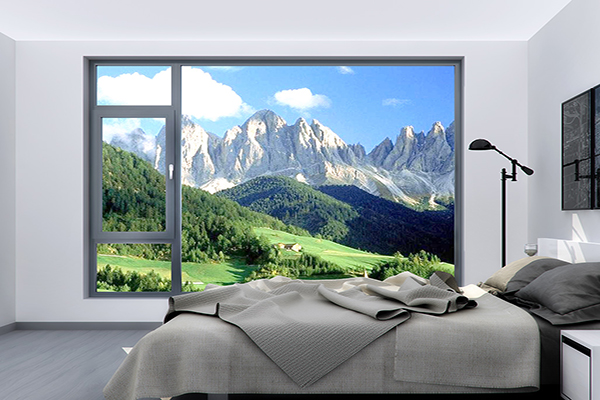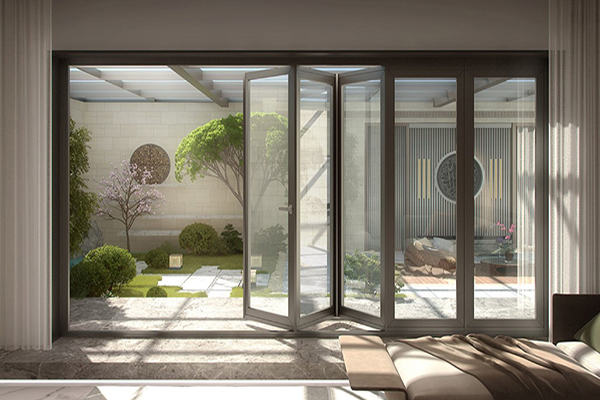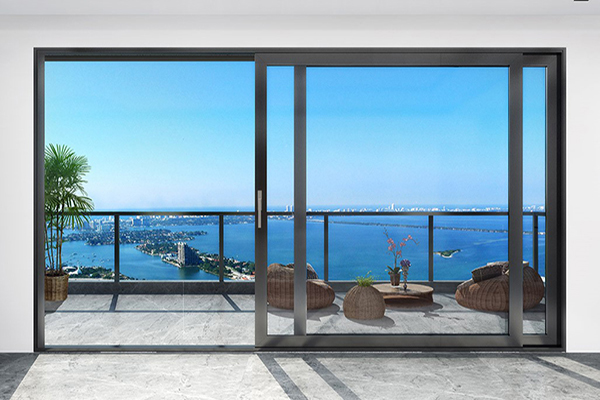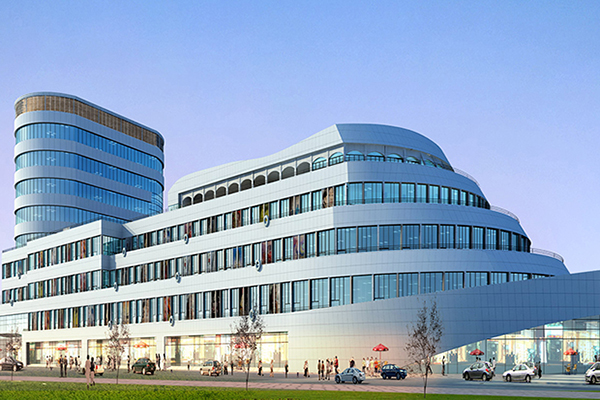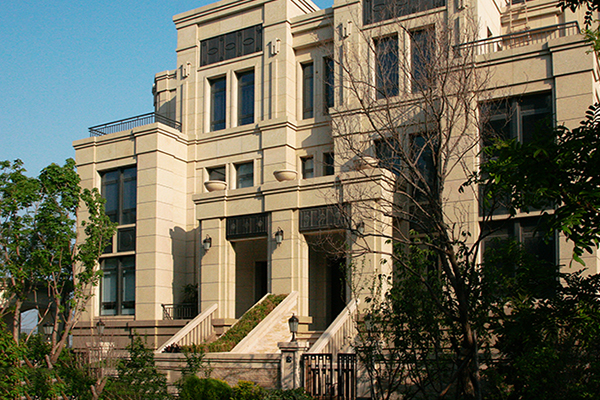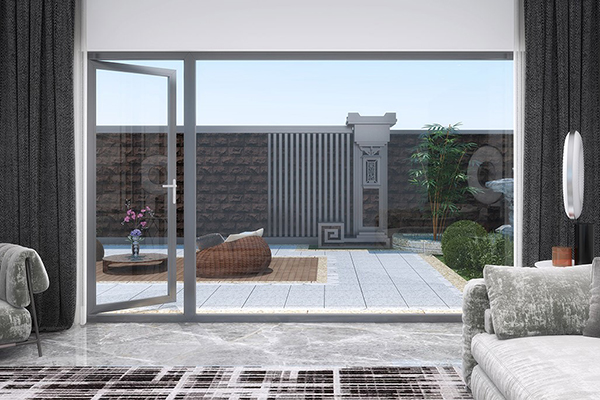Energy Efficiency of Aluminium Windows
As global attention increasingly turns toward energy conservation and environmental sustainability, the construction industry has prioritized innovations in energy efficiency. Windows, a fundamental component of any building, not only influence its aesthetic appeal but also play a critical role in energy savings, insulation, and environmental impact. Aluminium windows, prized for their lightweight nature, durability, and sleek design, have become a popular choice in modern architecture. However, how do they perform in terms of energy efficiency? This article delves into the energy efficiency of aluminium windows, examining their strengths, limitations, and the technological advancements that enhance their performance.
The Basic Properties of Aluminium Windows
Aluminium is a lightweight, sturdy, and highly malleable metal with excellent corrosion resistance, making it an ideal material for window frames. Compared to traditional wooden or steel windows, aluminium windows are less prone to warping, require minimal maintenance, and can withstand diverse weather conditions. However, aluminium is also a highly conductive material, meaning that untreated aluminium windows may not provide the same level of thermal insulation as alternatives like PVC or wooden frames. Consequently, thermal conductivity is a key factor when evaluating the energy efficiency of aluminium windows.
The Importance of Energy Efficiency
Windows are among the most vulnerable points in a building’s envelope for heat transfer. In summer, heat from the outdoors can penetrate indoors through windows, while in winter, indoor heat can escape. Studies suggest that 20% to 40% of a building’s total energy loss occurs through its windows. Improving window energy efficiency can significantly reduce the need for heating and cooling, lowering energy bills and minimizing a building’s carbon footprint. Against this backdrop, the energy performance of aluminium windows becomes a critical consideration for architects, builders, and homeowners alike.
Challenges with Traditional Aluminium Windows
Due to aluminium’s high thermal conductivity, traditional aluminium windows often underperform in terms of insulation. Without additional modifications, they act as a thermal bridge, allowing heat to transfer easily between the interior and exterior of a building. In colder climates, this can lead to condensation on the inner surface of the window, reducing comfort and potentially causing mold growth. In warmer regions, it increases the reliance on air conditioning, driving up energy consumption. These shortcomings have historically made untreated aluminium windows less competitive compared to materials with naturally lower thermal conductivity.
Advancements in Aluminium Window Design
Fortunately, modern technology has addressed many of these issues, significantly improving the energy efficiency of aluminium windows. One of the most impactful innovations is the introduction of thermal breaks. A thermal break is a non-conductive material, such as polyamide or polyurethane, inserted between the inner and outer sections of the aluminium frame. This barrier interrupts the flow of heat, drastically reducing thermal conductivity and enhancing insulation. Windows with thermal breaks can achieve U-values (a measure of heat transfer) comparable to those of PVC or timber windows, making them suitable for energy-efficient buildings.
Double or triple glazing is another key enhancement. By incorporating multiple layers of glass with air or gas-filled spaces (such as argon or krypton) between them, these windows provide superior insulation. Low-emissivity (Low-E) coatings can also be applied to the glass, reflecting infrared heat while allowing visible light to pass through. When paired with thermally broken aluminium frames, double- or triple-glazed windows offer excellent energy performance, balancing durability with efficiency.
Benefits of Energy-Efficient Aluminium Windows
Energy-efficient aluminium windows combine the inherent advantages of aluminium—strength, longevity, and design flexibility—with improved thermal performance. They are highly recyclable, aligning with sustainable building practices, and their slim profiles allow for larger glass areas, maximizing natural light and reducing the need for artificial lighting. For commercial buildings or modern homes with expansive glazing, aluminium windows provide an ideal solution that doesn’t compromise on energy efficiency or style.
Limitations and Considerations
Despite these advancements, energy-efficient aluminium windows tend to have a higher upfront cost than standard options due to the additional materials and manufacturing processes involved. However, this investment often pays off over time through reduced energy bills and increased property value. Additionally, the effectiveness of these windows depends on proper installation—gaps or poor sealing can undermine their performance. Homeowners and builders must also consider regional climate conditions when selecting window specifications to ensure optimal energy savings.
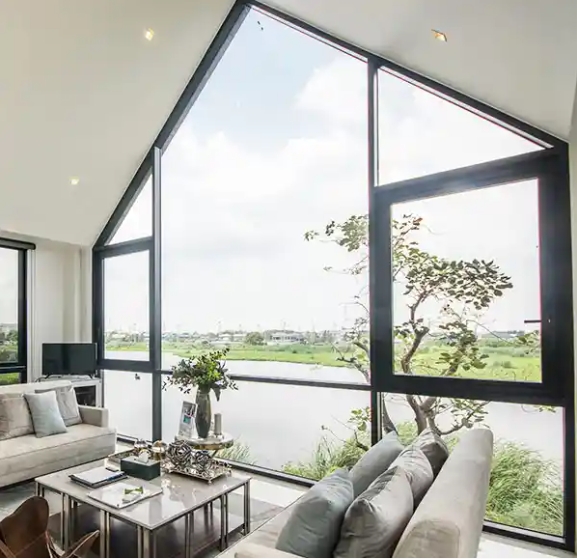
The Future of Aluminium Windows
The demand for energy-efficient building materials continues to grow, driven by stricter regulations and consumer awareness. Manufacturers are responding with innovations such as smart windows that adjust tint based on sunlight intensity or integrated solar panels that generate electricity. As research progresses, aluminium windows are likely to become even more efficient, solidifying their place in sustainable architecture.
Conclusion
Aluminium windows have evolved from being a stylish but thermally inefficient option to a viable choice for energy-conscious construction. Through thermal breaks, advanced glazing, and thoughtful design, they now offer a compelling blend of durability, aesthetics, and energy efficiency. While challenges like cost and installation remain, the long-term benefits—lower energy consumption, reduced environmental impact, and enhanced comfort—make them an excellent investment for the future of building design. As technology advances, aluminium windows will continue to play a pivotal role in creating energy-efficient, sustainable living spaces.


